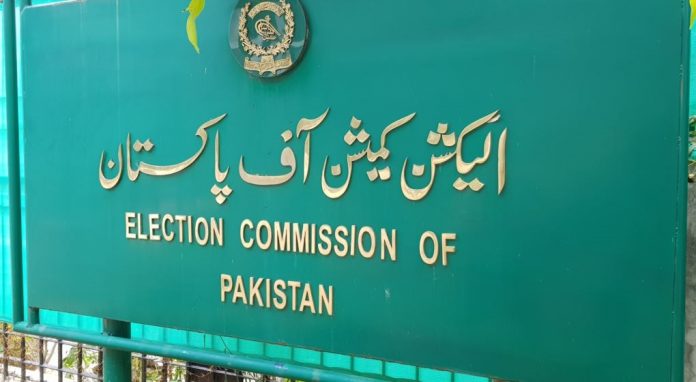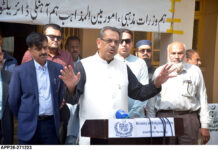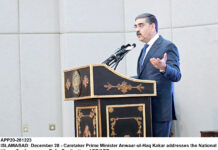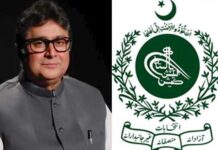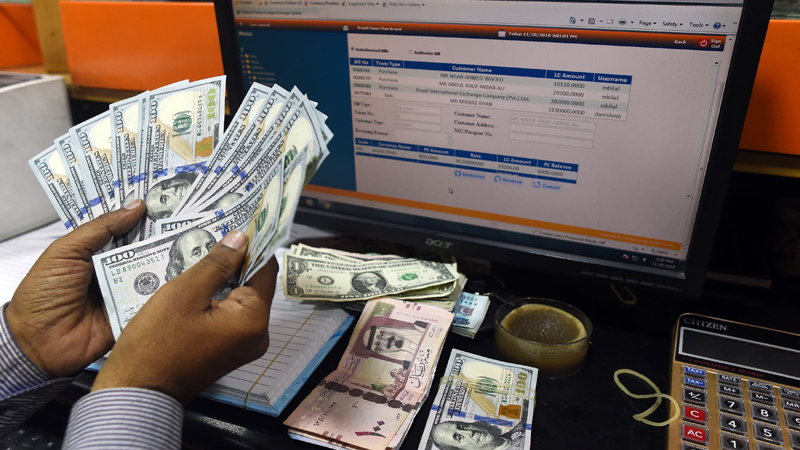
In the open market, the dollar rose by Rs 3 and was being sold for Rs 154. The buying rate of the dollar in the open market was Rs 152.50. With an increase of Rs 2.72, the dollar reached Rs 151.92 in the interbank market.
The sliding rupee has caused alarm in Pakistan, which is already facing inflation likely to average over 7 percent for the year and surging costs for fuel and power, which are both heavily influenced by the dollar exchange rate.
The rupee has been falling against the dollar following an agreement with the International Monetary Fund (IMF) on a $6 billion loan with expected strict conditions including a “market determined” exchange rate.
The announcement of the latest assistance has eroded the value of the rupee by 8.5 percent. The rupee’s official exchange rate is supported by the central bank under a de facto managed float system and many analysts consider the currency to be overvalued.
According to data from the State Bank of Pakistan (SBP), the central bank’s foreign exchange reserves as of May 3 stood at $8.984 billion, equivalent to less than three months of import payments.
The SBP, which lifted interest rates by 150 basis points on Monday to 12.25%, said it was watching the foreign exchange market closely and would act in the case of “unwarranted” volatility. It said the recent slide “reflects the continuing resolution of accumulated imbalances of the past and some role of supply and demand factors”.
Traders believe the interest rate hike coupled with the devaluation of the rupee would drive many industrialists out of business.
“The government is implementing the IMF’s terms before the deal is even signed,” Pakistan People’s Party Senator Sherry Rehman said in a statement on Tuesday. “This is also evident in the unabated increase in the dollar rate which has seen the rupee plummet … in the open market.”
“Basically, the sudden spike of the dollar against the rupee is due to the impact of the IMF deal plus a shortage of dollars in the market,” said Saad Hashemy, chief economist and director of research at Topline Securities in Karachi. The IMF agreement still needs to be ratified by the fund’s board in Washington.
With inflation running at more than 8 percent, a weaker currency is likely to add to pressure on household budgets, particularly on power and gas bills, where the government faces growing pressure to allow regulated prices to rise.
Since the beginning of this fiscal year, the rupee has lost more than 21 percent of its value to the dollar. The Pakistani currency has also depreciated by Rs 0.50 to Rs 40.70 against the Saudi Riyal and Rs 0.40 to Rs 41.50 against the Arab Emirate Dirham.
“We were expecting that the rupee would hit 153 by the end of current year but that level has been achieved much before,” said Samiullah Tariq, the head of research at Arif Habib Limited. “There is too much volatility in the market and we are unable to understand what is on their (government’s) mind.”
“The buying activity in the open market is comparatively low amid high demand for the greenback,” said Malik Bostan, the president of Forex Association of Pakistan. “A panic-like situation can be seen in the interbank market.”
The decline in the rupee’s value during the past two weeks and the lagged impact of previous bouts of depreciation have pushed up the prices of almost all essential items, including flour, dates, meat, fruit, etc during Ramazan.



